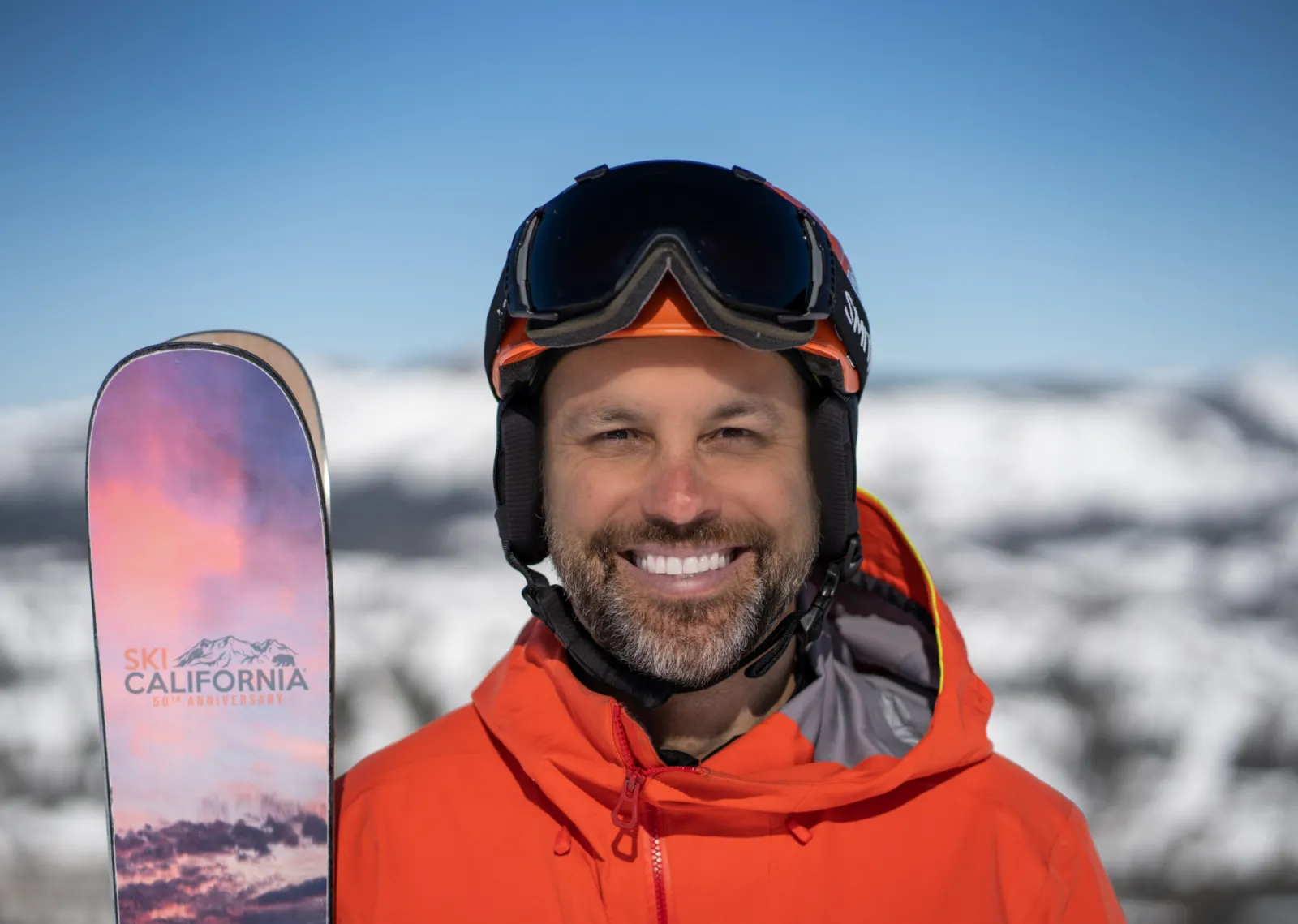Communicating sustainability: An interview with Ann Duffy
With more than 90% of CEOs today agreeing that sustainability is imperative to their company's success, we’ve seen a wave of businesses actively striving to balance purpose and profit. More and more companies are proactively integrating environmental, economic and social issues into business operations, graduates are looking to incorporate sustainability into future jobs, and 66% of consumers would spend more on a product if it came from a sustainable brand. But, we’ve also seen organizations struggle with communicating their efforts. To gain insight on best practices, we sat down with Ann Duffy, owner of The Ann Duffy Group.
Ann has spearheaded the creation and execution of sustainability initiatives for events and organizations including the Vancouver 2010 Olympics, FIFA, and MEC (to name a few). For over 25 years, she’s engaged teams and partners to create compelling and practical strategies with strong management and communications solutions to enhance their overall CSR performance.
Origin: Could you briefly describe your journey in the realm of sustainability and changes you’ve seen along the way?
Ann Duffy: After completing my master's degree in 1990, I worked for the World Wide Fund for Nature (WWF) International office in Switzerland. I first worked with the communications team and later with the environmental education team. This work revolved around two questions:
- How do we communicate conservation and behaviour change to support conservation?
- How do we collaborate with formal and non-formal educators to promote awareness and action around taking care of nature?
I developed several social marketing campaigns and learned about the value of partnerships with communities, not-for-for profits, donors and science-based organizations. I later returned to Canada and started my own consulting practice in environmental management and communications, helping clients define their environmental strategy and communications. Later, as Vice President of Sustainable Development for CH2M, I developed the firm’s corporate social responsibility (CSR) program.
In 2003, the Vancouver 2010 Olympics won the right to host the winter games and in 2006, I was recruited to be the Chief Sustainability Officer for the organizing committee. Our work would become the first time an Olympic host simultaneously addressed environmental, social, and economic impacts and opportunities associated with hosting the games. Companies like MEC and Lululemon were already developing a ‘triple bottom line approach’, and we experimented with ways to apply this ethos to a mega sports event.
We went from a staff of zero to 1400 employees and thousands of volunteers at our peak and then back to zero in seven years. We all learned a lot! After the Games, I formed my own business again and became an advisor and “sustainability coach” for future Olympic and FIFA event bidders and hosts, helping to align with local and national cultures and contexts.
Origin: It seems like there is a large communication element threaded throughout your career. You mentioned you worked for WWF on how to communicate environmental conservation and articulate vision and values internally. Could you speak to some of the strategies you use to communicate sustainability to both internal and external stakeholders?
Ann Duffy: Success in sustainability requires equal parts “technical action and processes” and “constant communication and engagement.” To start, leadership needs to develop an organization’s “definition of sustainability.” This involves articulating the scope of business responsibilities and activities relative to environmental, social and economic issues and opportunities associated with these activities. People often defer to just the environmental areas but there are often huge opportunities on the social and economic side, as well. Sustainability is about applying action to that three-legged stool of Planet, People, and Prosperity.
Secondly, when organizational teams start with acknowledging common values among staff, customers, and partners, they can build a foundation of “common ground.” From there, organizations can expand and ask: what do we - as an organization - stand for? What is our mantra or ethical code? It’s important to establish alignment between people’s values and the values of the corporation.
Thirdly, leaders of organizations need to provide opportunities and resources for management teams and staff to become educated and actively more sustainable as individuals and as a company. Employers can engage staff, customers, and clients on sustainability goals through story-based communication, a great way to deliver inspirational and practical information in interesting ways. Providing sustainability information on internal and external websites provides a “go to” reference for staff, customers and the public seeking information. Orientation-training for new recruits and professional development for existing staff are also great ways to raise and maintain awareness. To complete the learning cycle, it’s important to celebrate and recognize progress and results toward achieving sustainability goals.
Origin: Do you have any advice for people looking to implement sustainability initiatives within their organization who face resistance?
Ann Duffy: There’s a classic expression to start with “the low-hanging fruit”. It means seeking out options that are easy to start and actions the company is prepared to put some attention and resources behind. Tracking results and celebrating early wins fuels interest and engagement to carry on. It's best to start with initiatives that people in the organization care about. It can take time to start, but momentum usually picks up as engagement rises, problems are being solved and value is created through new innovations.
Origin: Do you find it difficult for organizations to communicate initiatives without being portrayed as greenwashing? Are there strategies or best practices to mitigate this?
Ann Duffy: When I first started in this work, that was a huge challenge. Sustainability means different things to different people and consumers can be skeptical about the information on an organization’s environmental and sustainability performance. People wonder if the information is truthful and credible.
Having a common language and way of reporting sustainability issues and performance is critical. We now have The Global Reporting Initiative, or GRI. the international standards for sustainability reporting. It has become the accepted reference on how to communicate and report sustainability plans, issues, and performance. So now relevant information can be prepared and compared across and between sectors.
B Corp certification is becoming increasingly popular among companies who pursue environmental, social and economic initiatives as part of their company’s overall purpose. The certification helps convey credibility and authenticity to their efforts for customers, clients, and the public.
Over time, companies can embrace the valuable insights, hopes, and creativity of many people in their “landscape” and take action. It’s not always easy or simple but luckily, in 2019, we aren’t starting from scratch. Precedents have been set by many inspiring leaders and organizations in a variety of sectors. We can build on this!






